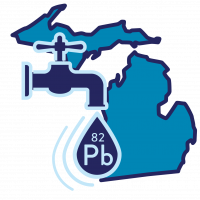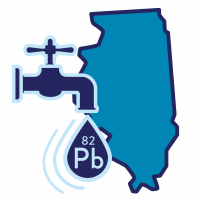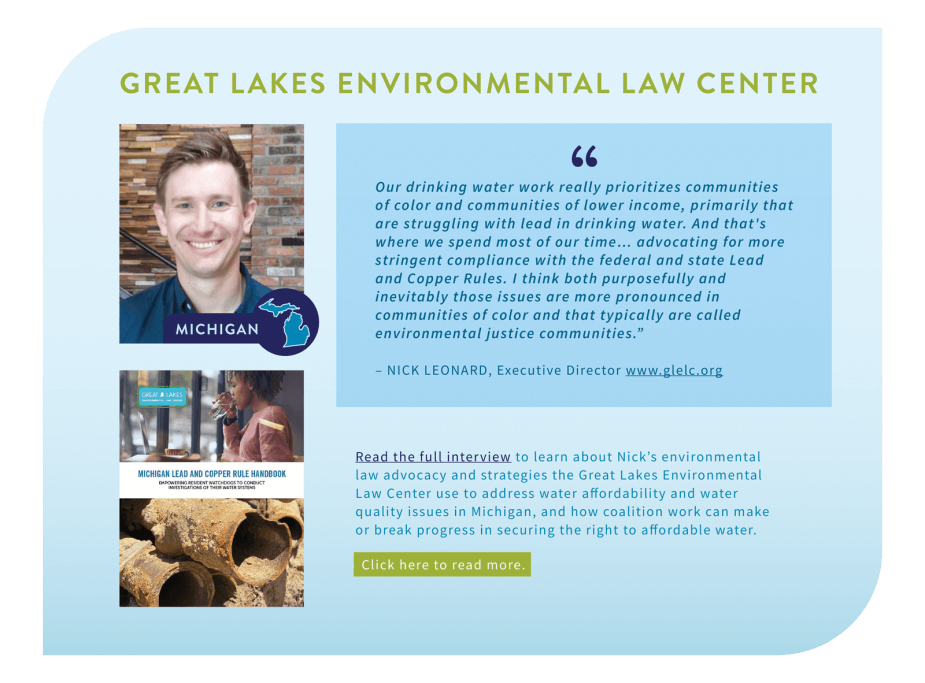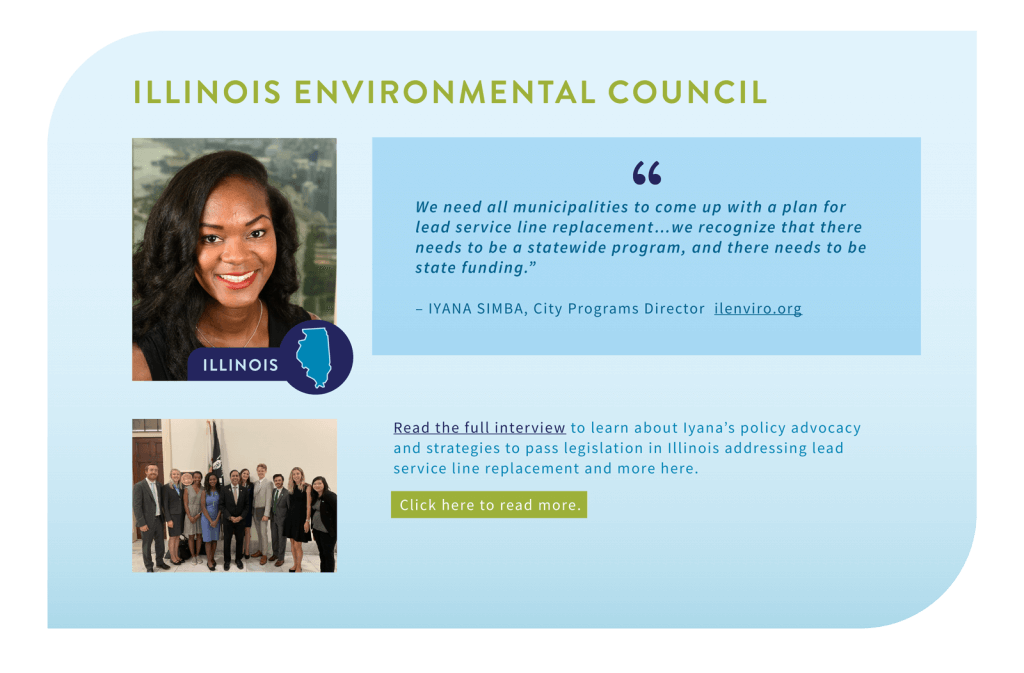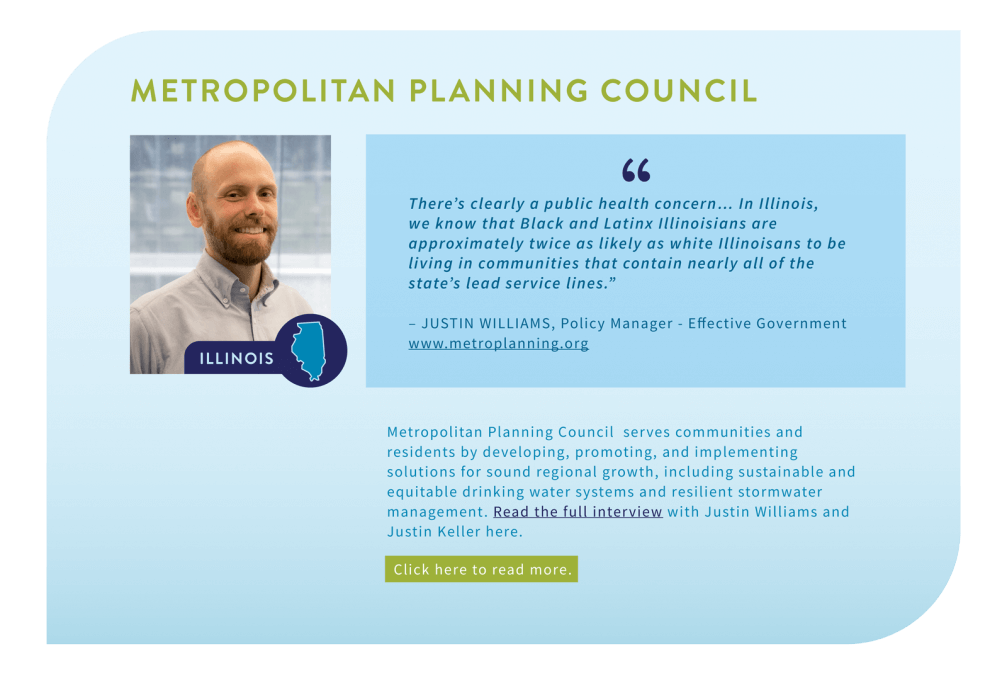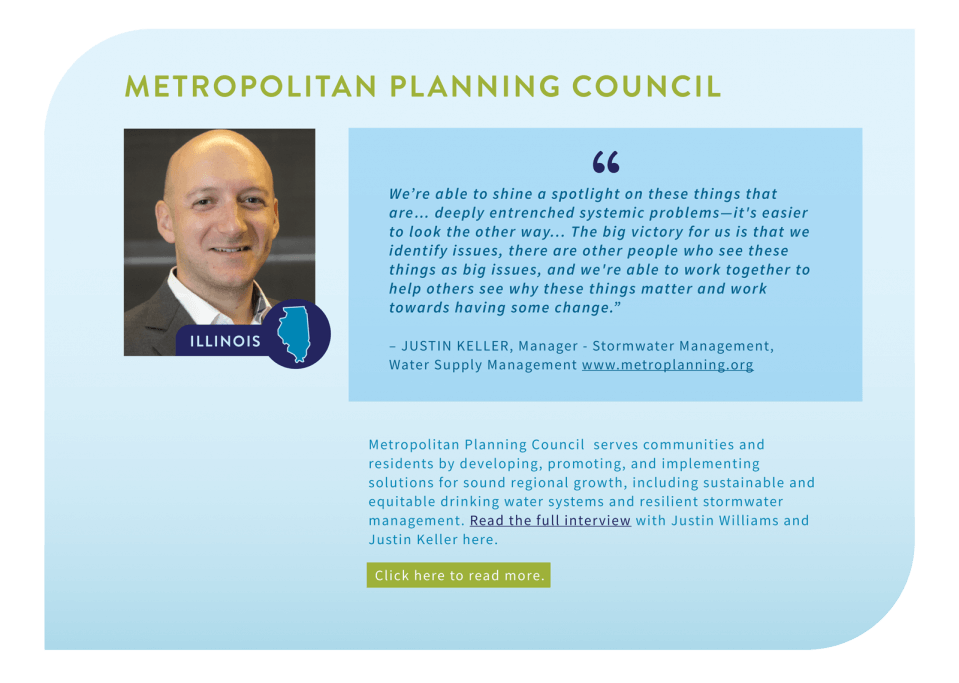State Action on Lead and Copper
What’s the Issue?
Lead primarily enters drinking water through the corrosion of service pipes or through other plumbing components that deliver water to a tap and contain lead. An estimated 9.2 million lead service lines (LSLs) are still in use in the United States, despite lead no longer being used to produce water service and plumbing fixtures for decades. There is no safe level of lead for humans, and its effects are especially severe in children. Under the Safe Drinking Water Act, the Lead and Copper Rule (LCR) was revised by the US Environmental Protection Agency (EPA) in 2021. In 2023, the EPA proposed the Lead and Copper Rule Improvements. Those improvements are anticipated to be finalized in fall of 2024.
At the state level, stricter requirements than those outlined in the Federal LCR have proliferated in the wake of water crises in places like Flint, MI, Galesburg, IL, and Newark, NJ. Many states have enacted legislation to develop lead testing and remediation pilot programs or programs that target vulnerable populations in facilities such as schools and child care facilities (for example, Michigan (2023. HB 4341, HB 4342, SB 88), Colorado (2022. HB 22-1358), Indiana (2020. HB 1265). Midwestern states are leading the way towards a lead-free future, requiring the full removal of lead service lines within set timelines and prioritizing equitable funding and planning to address the issue, which has disproportionately affected Black and brown, low-income communities.
Examples of State Policy
- Michigan: The state’s 2018 revised Lead and Copper Rule established a lead action level of 12 ppb (compared to the previous national action level of 15 ppb) and requires public water systems to replace full lead service lines throughout the state by 2041. Monitoring and inventory protocols were clarified and improved to ensure transparency, improve public education, and increase public advisory alerts. In recent years, Michigan has invested grant funding to inventory LSLs in preparation for removal. The Drinking Water Asset Management (DWAM) grant, a component of the MI Clean Water infrastructure plan, was available to assist water suppliers in asset management plan development or updates, and/or distribution system materials inventory as defined in Michigan’s Lead and Copper Rule.
- Illinois: In 2021, the Lead Service Line Replacement and Notification Act created a timeline for inventorying and replacing all lead service lines in the state, banned partial lead service line replacement, and developed a progressive fund to allocate money for infrastructure projects. Funding will come from billed water usage based on census tract median household income, prioritizing the removal of LSLs in low-income communities where LSLs are most prevalent. Replacement rates and timelines will vary by community water supply depending on the number of LSLs present, with completion times ranging from 15-50 years.
- Ohio: While Ohio has not passed any legislation or other directive requiring the removal of all lead service lines, the Ohio General Assembly did pass HB 512 in 2016, which required all community and non-transient, non-community water systems to identify and map areas of the system that are known or are likely to contain LSLs. In 2018 the state’s Lead and Copper Rule was updated to improve public notification of partial lead service line replacement and requires water systems to offer to replace the full LSL (at cost to customer) and/or provide water filters for three months after working on affected LSLs.
Lessons from the Network
Additional Resources
- Environmental Defense Fund. State efforts to support LSL replacement.
- Environmental Protection Agency (EPA). Lead.
- Lead Service Line Replacement Collaborative.
- Walker, E. & Jacquette-Morrison, A. State-driven Lead Service Line Inventories.
- Metropolitan Planning Council. Drinking Water 1-2-3 guide for local officials and community leaders. (2017)
- Leonard, N., Rousseau, K., & Salim, O. Protecting drinking water in the Great Lakes: A primer on existing state policies and using the Safe Drinking Water Act. (2018)
- University of Michigan. Detailed infographic on Michigan’s Lead and Copper Rule. (2019)
- Environment America and U.S. PIRG Education Fund. Get the Lead Out: Grading the States on Protecting Kids’ Drinking Water at School. (2023)
- WaterLoop, featuring Tom Neltner (Environmental Defense Fund), Kareem Adeem (Newark Water), and Nancy Quirk (Green Bay Water). Podcast: #171: Funding to Fight Lead: State & Local Policy. (2023)


